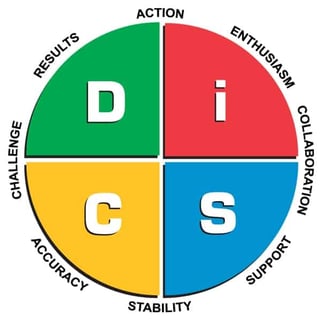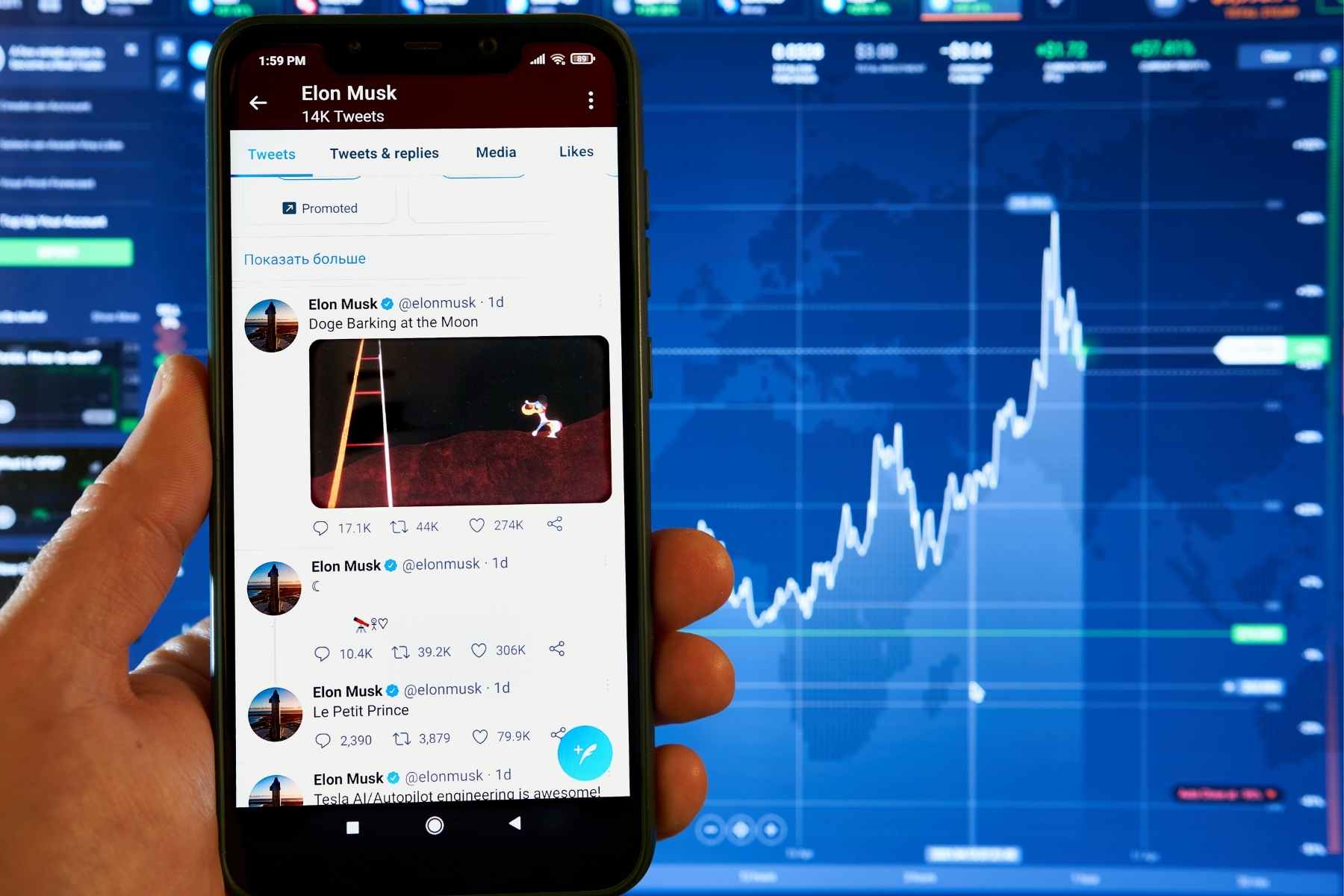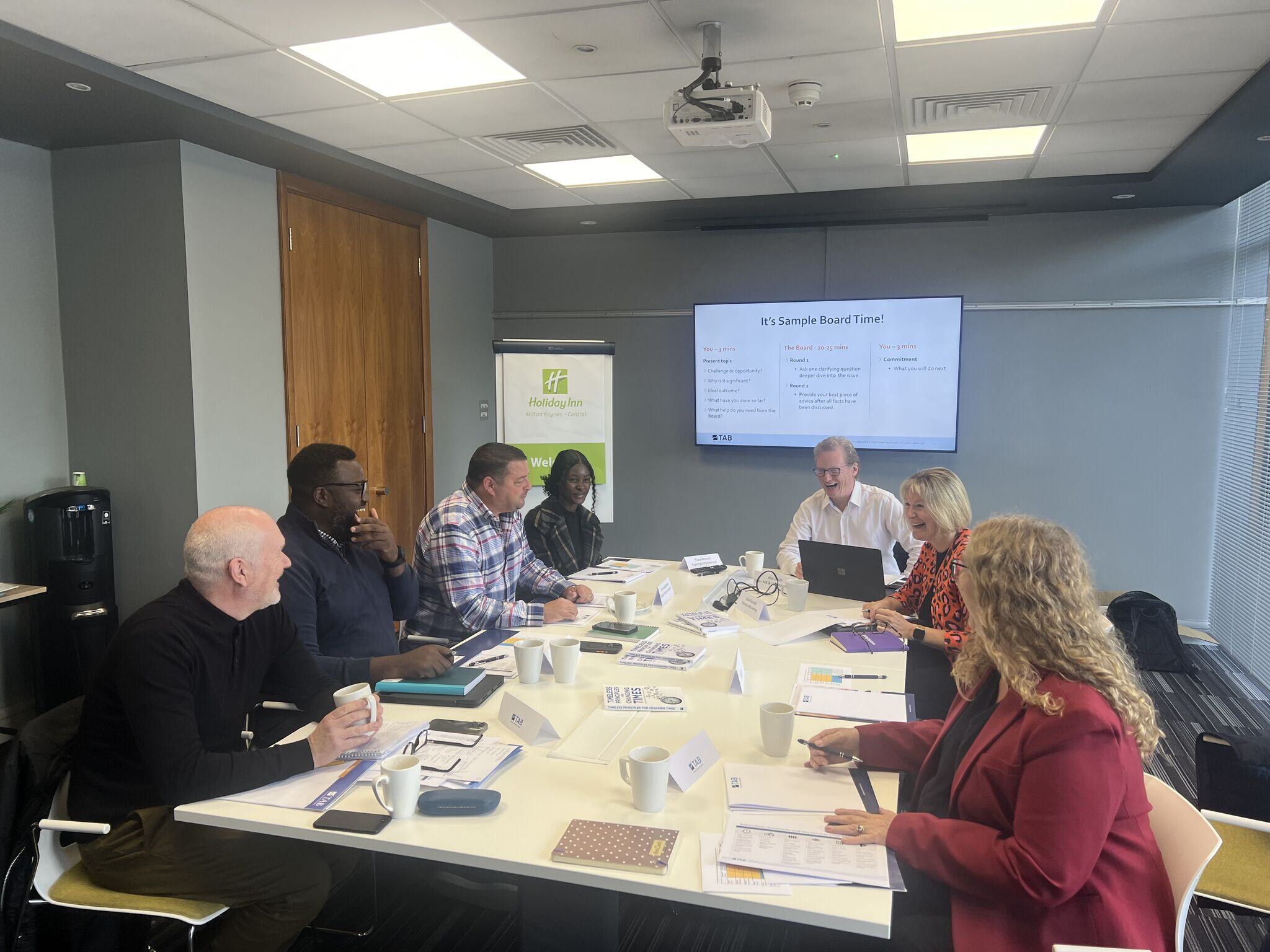
How to improve team productivity in the workplace
by The Alternative Board (UK)
Listen to Audio Version:
In the current climate of COVID-19 and for the world of the ‘new normal’, the need to improve team productivity in the workplace has never been more important for business leaders.
We have of course seen a rise in flexible working and teams working from home. Or even a mix between remote and office workers. A study found that 56% of employees that wouldn’t typically work from a remote environment, feel more productive. However, what leaders need to consider is how productive is the team as a whole?
How well does the team work together? Is the team fully aligned with the business vision? How can you improve team communication? Is the team as efficient and effective as they could be?
These are questions that business leaders should always be asking. Here are some key things to think about when trying to improve team productivity in the workplace, both physically and virtually.
Improving team communication = Improving team productivity
First and foremost, effective communication between your employees is absolutely essential if your team is going to reach their goals. Here’s a little something from our team communication white paper:
“You might think that the communication in your company’s meetings, especially the executive meetings, is just fine. Chances are it’s not. You just get used to a certain style of communication. Individual team members slip into certain patterns. Some team members dominate the conversions (do they really have the best ideas?). Other team members hold back or even become withdrawn. The group dynamics after a while seem normal. But, just think what your leadership would be able to achieve if the team was able to break down communication barriers, allowing all team members to participate fully in discussions.”
So how do you break down those communication barriers?
At TAB, we use a technique we like to call TABenos that helps you create open and trusting two-way communications. You can read more about it in our team communication white paper. It effectively consists of three simple questions being posed to members of a TAB advisory board, but could also be asked to members of a team:
The first question to ask is: How would you describe what your own protective armour or communication defences look and sound like?
The second question to ask is: What actions taken by others cause you to don this armour?
The 3rd question: How can we benefit from establishing new protocols?
Members of your team will start to break down communication barriers, and you’ll see the team’s productivity improve as a result. Find out more about TAB and our tools and techniques - Business Builders’ Blueprint.
Spending quality time as a team
Also important for improving team productivity in the workplace is spending time together. Not just in executive meetings but socially. There’s no better way to get to know each other than through a few team-building activities. It might be a classic ‘build a tower out of toilet roll’ situation or it could be taking them all out for a pub lunch. Once a team can understand the priorities and lives of one another personally, magical things can happen for productivity.
Understanding one another - On a personality level
In a similar way, it is important that team members know what makes one another tick. How might members of a team react differently to things within the business? At TAB, we want our business owner advisory boards to be an open and honest space where board members understand one another’s behavioural characteristics.
We do this by having all our members complete a DiSC assessment.
“The DiSC assessment, published by Wiley, is a non-judgmental tool used for discussion of people's behavioural differences. If you participate in a DiSC program, you'll be asked to complete a series of questions that produce a detailed report about your personality and behaviour. You'll also receive tips related to working with people of other styles.” - discprofile.com

When a business owner joins TAB, we have them complete a DiSC assessment. We find that this helps board members to appreciate each other’s unique qualities and maximise the benefits of their interactions that in turn benefits all their businesses.
Here are the thoughts of a TAB member on DiSC:
“Tim has helped me and my business through his work at TAB in many ways. A particular tool that stands out is DiSC profiling and how it can help each of us learn to work with personality types that are very different from our own. Tim came along to one of our #dynamo events and took us through a really entertaining, short exercise that split us all up based on our broad preferences and responses to given situations. It gave everyone a lot of food for thought and insight into “thinking across the divide” when working with others. Great stuff.” - Mark Spencer from Dysfunction Media talking about his TAB Facilitator, Tim Morris.
Just like with Mark’s experience, by conducting something like a DiSC assessment, your team could better understand why other members react the way they do. This could lessen the potential for any toxic working relationships and as a result, improve team productivity as a whole.
Related articles

'What did you get done today?'
Ed Reid discusses Elon Musk's latest business venture, picking up on productivity levels and how business leaders need to maintain them into 2023.

The 4 D's of Time Management: Boost Your Productivity and Achieve More
Master time management with the 4 D's strategy: Do, Delegate, Defer, and Delete. Boost productivity, focus, and business success with these effective tips.

The Cardboard Desk: A New Product Launch Story
Launching a new product or service is a scary thing. This short story reveals an important lesson business leaders should consider.






